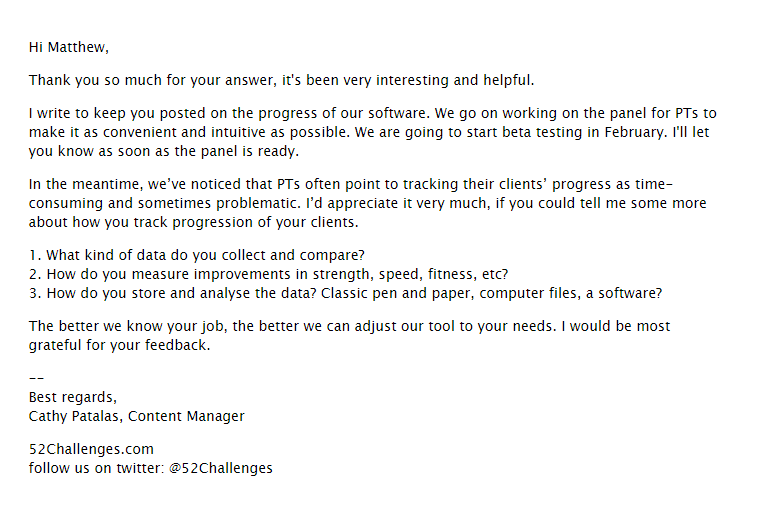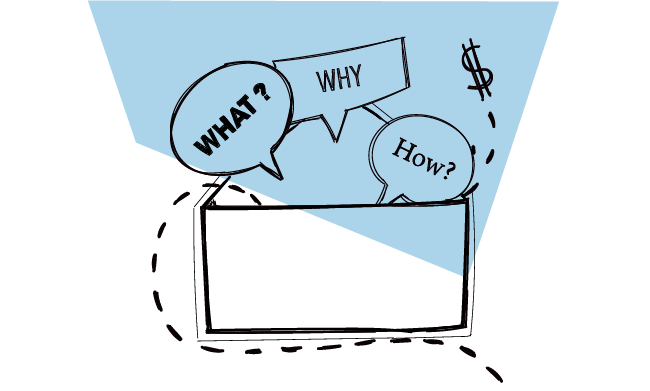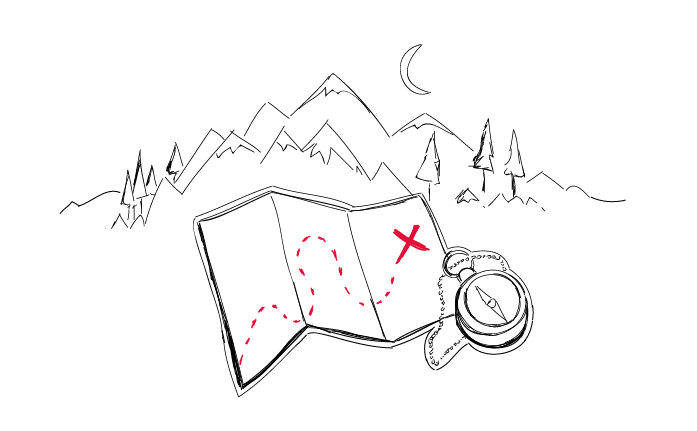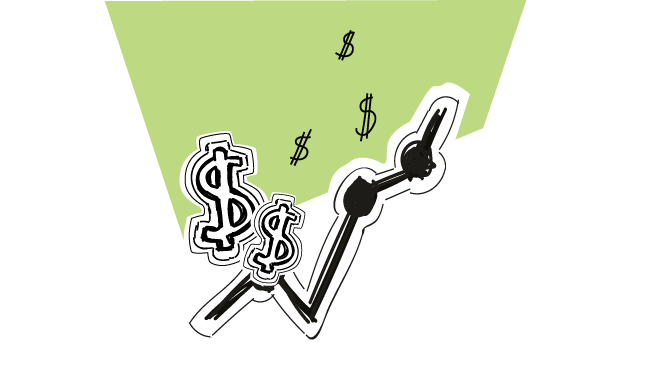In the first part of this article, I wrote about how we started the interviews with personal trainers at 52Challenges via email. I also mentioned that the interview included more than one email. Here’s about the second one.
Treat this blog post as a guide that’ll show you how you can leverage email interviews to help to get your SaaS business up and running.
***
So how does our story go on?
We already established a connection with those who responded to our two previous emails (the first touch cold email followed by the first interview email). We noticed that the trainers were willing to help us, so we decided to keep asking questions to get to know them and their work specifics as well as possible.
As soon as we identified a pattern in the answers of our interviewees, we moved on to more detailed questions. Those were questions focusing on the specific pain of tracking fitness progress – the problem that we planned to solve with our SaaS.

Why should you keep your prospects updated?
I believe it’s very important for the addressee to be aware of the upcoming steps, regardless of the purpose of your emails. Whether you ask someone for an interview, or invite them to test your app, or are in the process of closing a deal. Tell them what’s going to happen next. This gives them a sense of security – they know what to expect of you.
As you may notice, my email starts with a short update (right after the thank you note, which is rather obvious and self-explanatory).
If you’ll take a look at our two previous emails, you’ll notice that I hadn’t given the trainers any details regarding the beta tests (unless they specifically asked me about those in their response to the first touch email). That’s why I briefly told them here, what they could expect from us and the beta tests.
How do you move on with the interview?
An email should make sense to your addressee. What is clear and obvious to you is not necessary clear and obvious to them. It’s crucial to create the context that will be as clear to them as it is to you. They will only reply if they know what you want from them and why.
As the email was a continuation of the interview, we needed a short introduction to the next set of questions. Because – as my academic writing teacher used to always kindly point out – ‘LOGIC, you fools!’.
Hence, I made the short intro: “In the meantime, we’ve noticed that PTs often point to tracking their clients’ progress as time-consuming and sometimes problematic. (…)” before I passed on to asking questions.
How do you ask the second set of questions to get answers?
Make answering your questions as easy as possible.
Ask open-ended questions, but keep them simple and give your prospects an idea of what their answers might look like, just to trigger a more in-depth description.
As Bob Warfield points out in his great article about interviewing customers, they usually are not able to express a problem in their own words, but they are always able to resonate when you state some possibilities that are close enough to their real situation.
As you can see, there are three questions listed in my email. In fact, the second one is a kind of continuation to the first one. The first one is about the ‘factors’ they measure.
Our aim here was to identify the most popular types of tracked data which we would then put into our software as a predefined set of categories to track. In the answer to the first one, we expected a list of factors like: weight, circumferences, BMR, body fat %, etc. And that’s what we got.
In the second question, we asked about the very process of measuring those factors. We wanted to know more about the very methods the trainers use and the tests they perform on a daily basis. This one was to elicit a more descriptive answer. And that’s what it did.
The third question was crucial for us. We wanted to know more about the process of recording the data and storing them. That’s where our SaaS was supposed to help. That was the part we wanted to improve in the whole process of tracking progress.
Note that the question here is open, but it’s also followed by some triggers the trainers could refer to. Just like in my first interview email, I wanted to make the questions easy to answer.
In the third question, I gave them some options to comment on (just like I did in my previous email). And considering the effects, I can confirm that it worked.
The funny thing about the answers to this one was that they would often state that ‘they don’t use any software, just Excel files’… Well, Excel is software. As a matter of fact, it appeared to be the most commonly used software among the personal trainers we interviewed. But nothing could come even close to the traditional pen and paper.
The final part – give them a reason to respond
As pointed out in the article by Bernie Reeder, research shows that people are more likely to reply when a request is followed by the word ‘because’, even regardless the actual reason.
The final part of this email was supposed to tell the addressee why we needed the answers and how we were going to use them. Again, it’s about the sense of security and purpose.
I didn’t use the word ‘because’ in my message, but I gave them a clear reason why I needed their help and defined how they will actually benefit if they help me.
How we benefited from this part of the interview
First, as I already mentioned, we were able to define the most popular types of tracked fitness data, so we could predefine them in our SaaS along with corresponding units. Otherwise, we would have to guess.
Second, we found out an awful lot about how the trainers work with their clients, because we asked a more specific and focused question than “How do you work with your clients?”.
Third, we identified some more patterns that we could then refer to in our copy. As I realized our greatest competition were paper notes and Excel spreadsheets, I could write about them on our landing page. We could also adapt our features to the habits of our prospects.
What’s in it for you?
I would like you to remember 3 things from this post:
#1. Whatever kind of messages you write to your prospects and customers, remember about the golden rule of my academic writing teacher, that is:
“LOGIC, you fools!”
If you keep in mind this simple exclamation, your emails will become better. Just like that. Email is a way of communication. Effective communication requires logic.
How to check if your message is logical?
Reading the first draft, see if each of its following parts makes sense in reference to the previous paragraph, (i.e. if it is logically connected with it). Show it to someone else and see if they understand it the way you mean them to.
#2. When asking your interview questions, don’t be too vague or metaphoric. Ask about some specific issues and provide some triggers the interviewee can resonate with.
#3. Give a clear reason why the addressee should reply. Use a sentence including ‘because’ to make sure you gave the reason.
That’s not the end of the story – and not the end of how email interviews can help you to build SaaS. See the final episode here:
How Email Interviews Can Help You Build SaaS – Part 3 >>
READ ALSO

A Guide to Asking Open-Ended Questions in Sales Emails
What is the goal of a sales email? To close a deal? Yes, eventually. But first and foremost to gain your prospect’s trust and build a fruitful, long-lasting business relationship. In real life, creating rapport between two strangers starts with a meaningful conversation. And the spark for dialogue is usually a spot-on and engaging question. It’s no different in outbound sales. Asking high-value questions in sales emails is a skill to master. Let’s take a closer look at how to do it.

How to Use Personalized Emails to Improve SaaS Customer Retention
If you're in a SaaS business as we are, you know that you need the right strategy to deal with churn. Etienne Garbugli from Highlights, new software that uses a subscription model, wrote a guest post for the Woodpecker blog. All about using email for customer retention.

Step-by-Step Practical Guide to a Cold Email Campaign That Gets Delivered
Sending an automated cold email campaign is just a start. In the end, you want your emails to actually get to your prospects' inboxes. And to make that happen, it's crucial that you properly plan and set up your cold email campaign in every detail. I wrote this post in cooperation with our Support team and our Head of Integration & Deliverability, because we observed that many of our users still need help when it comes to properly adjusting their cold email campaign settings.

